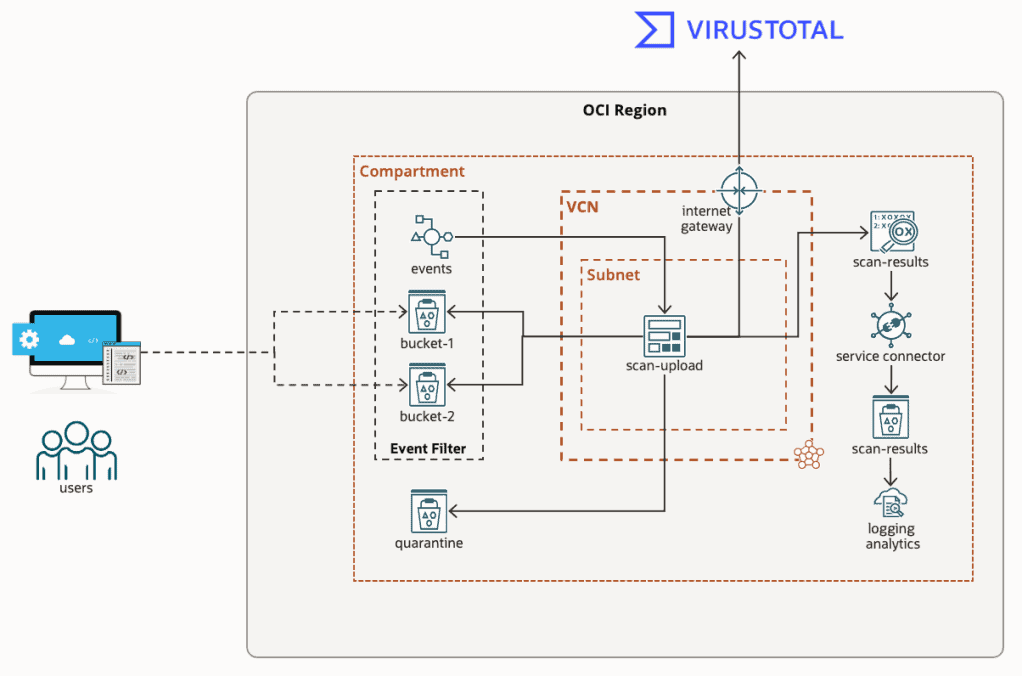The perception of IT has undergone a remarkable transformation in recent years. What was once viewed primarily as a cost centre has transformed into a pivotal force driving business innovation and market leadership. This shift hasn’t just been about changing mindsets—it’s about tangible results. Research shows that digital leaders deliver average annual total shareholder returns of 8.1% vs. 4.9% for laggards, highlighting the undeniable link between technological excellence and business success.
It’s become clear that the most successful organisations share a common thread: they’ve mastered the art of leveraging IT advancements to achieve measurable business outcomes. And this mastery isn’t accidental—it’s the result of deliberate strategies that bridge the traditional gap between technology capabilities and business objectives.
Bridging the Gap Between Technology and Business Objectives
To meaningfully connect technology and business objectives, organisations need practical strategies that move beyond simply acknowledging IT’s importance. It’s about actively aligning IT initiatives with core business goals, ensuring that technology serves as a catalyst for achieving strategic outcomes. To facilitate this alignment, several approaches should be considered:
Objectives and Key Results (OKRs): OKRs go beyond project and portfolio management by focusing on ambitious, measurable business outcomes that drive progress over time. By aligning their work to these outcomes, tech teams can foster a culture of accountability and transparency, ensuring everyone understands how their work supports overall business goals.
Technology Business Management (TBM): TBM analysis provides transparency into IT investments across the organisation. This data-driven approach enables more informed discussions about resource allocation and strategic priorities, shifting conversations from cost control to value creation, while demonstrating IT’s direct impact on business success.
Cultivating Cross-Functional Ownership: Breaking down silos between technology teams and other departments is crucial. By establishing dedicated cross-functional teams, aligned to business capabilities, tech professionals can collaborate daily and directly with colleagues from marketing, sales, operations and more. This collaborative approach fosters a deeper understanding of shared goals and ensures that technology solutions are developed with a clear awareness of business needs, allowing for seamless and purposeful integration into existing workflows.
Empowering IT Teams with AI-Native Operations
Research shows that 70% of repetitive work activities could be automated through AI to improve productivity. So it’s evident that AI is revolutionising IT operations, enabling teams to shift focus from routine maintenance to driving strategic business goals. By automating repetitive tasks and delivering real-time insights, AI empowers IT to move from reactive troubleshooting to proactive optimisation, reducing distractions and aligning more closely with broader business objectives.
AI-native networking provides a clear example of this transformation, delivering up to 90% fewer trouble tickets and 9x faster deployments. This enables IT teams to reduce downtime, enhance user experiences, and devote more time to initiatives that improve customer engagement, optimise supply chains, and accelerate business growth.
Beyond networking, AI-driven operations represent a broader shift in how IT projects are approached. The traditional model of large-scale, disruptive rollouts is giving way to more agile, iterative strategies. Continuous monitoring and real-time insights allow organisations to adapt technology solutions to evolving business needs, freeing IT professionals to focus on innovation rather than firefighting.
By embracing AI-driven operations, IT teams can become true enablers of business success, helping organisations achieve measurable outcomes and maintain a competitive edge.
Fostering a Culture of Innovation and Collaboration
The most successful organisations recognise that technology-driven transformation requires more than just implementing new solutions—it demands an organisation-wide cultural shift. This means evolving IT teams from traditional “order-takers” to influential decision-makers who help shape and execute business strategy. The key lies in creating an environment where innovation thrives and tech professionals feel empowered to contribute their unique perspectives to business discussions.
Organisations must invest in both the technical and business acumen of their IT talent. A dual focus on these areas enables teams to better understand the broader business context of their work and contribute more meaningfully to strategic discussions. When IT professionals can speak the languages of both technology and business, they become invaluable partners in driving broader innovation. Success in this area requires a commitment to continuous learning, mentorship programs and creating opportunities for cross-functional collaboration that expose IT teams to diverse business challenges and perspectives.
The Future of IT Leadership
As we look to the future, the role of IT will continue to evolve. The most successful organisations will be those that anticipate the transformative potential of technology and proactively weave it into the DNA of their strategic blueprints. This means:
- Forging co-ownership between technology and business leaders
- Sharing critical data insights across business units to drive better decision-making
- Maintaining a focus on continuous feedback and adaptation
- Treating technology investments as strategic assets rather than operational expenses
With technology continuing to reshape industries and markets, the question is no longer whether tech professionals should have a seat at the strategic table, but how to maximise its potential and impact on business success. The answer lies in fostering open dialogue, aligning technology with business objectives and demonstrating tangible value. Now is the time for IT leaders to claim their rightful place at the table, unlocking unprecedented possibilities and paving the way for a new era of success.
*This article is a part of “The Essential Tech Worker” series by Juniper Networks, bringing to life the importance of IT professionals and raising awareness of their growing impact within organizations, providing insights into their day-to-day work.






